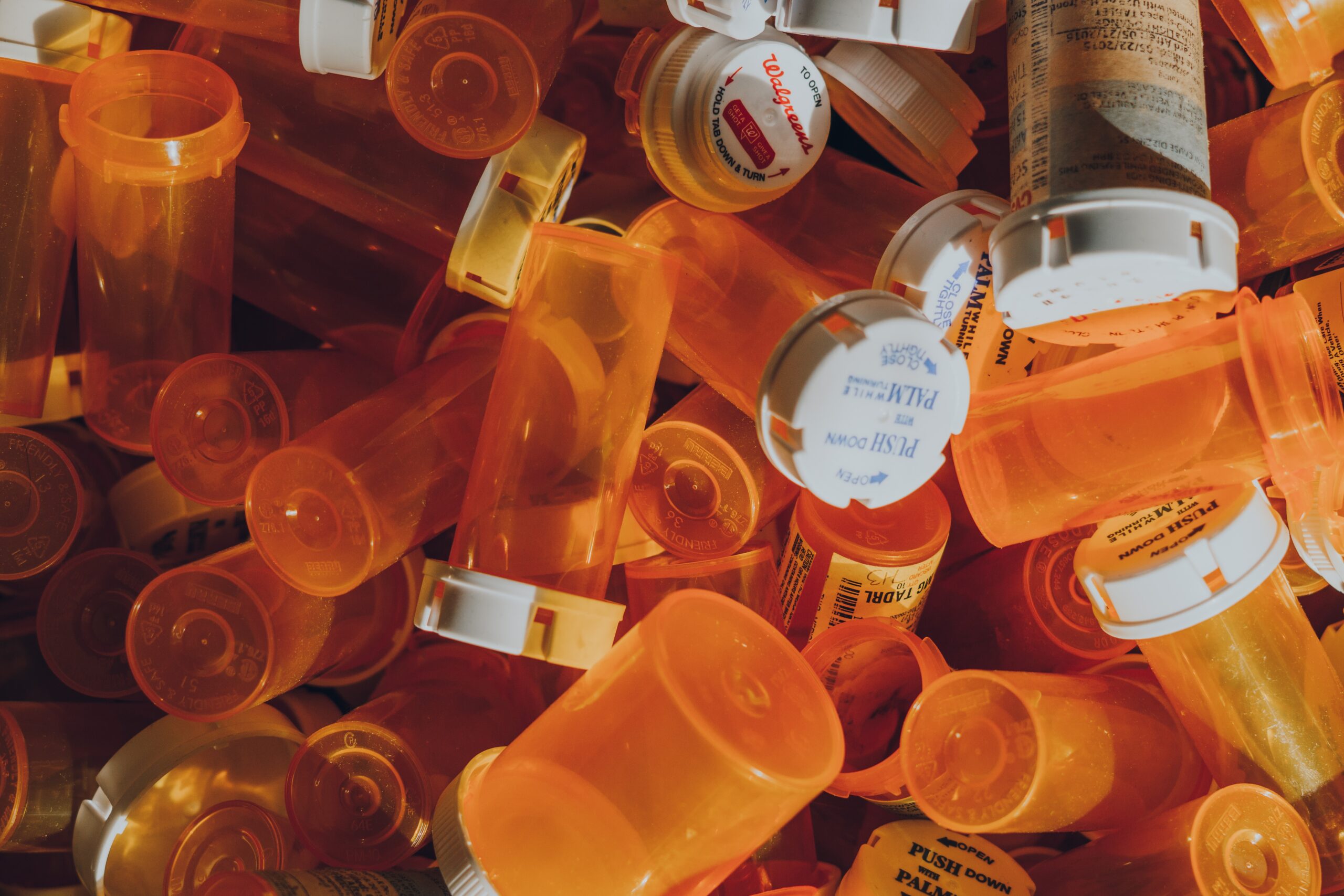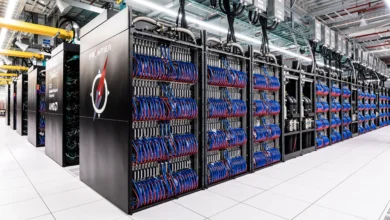
Why Waste Management in Healthcare is Important
In healthcare, it’s not just about tossing your waste in the trash bin and calling it a day after providing medical care.
Nope, it’s more than just that.
It’s a bunch of responsible measures that protect our beloved environment and keep the public healthy and happy.
When not handled properly, medical waste can turn into a dumpster fire of consequences. Hospitals and clinics need to step up and assume some responsibility by sorting their trash according to all these industry standards.
In this post, we’ll dive headfirst into the rabbit hole of proper waste management in healthcare and its big-picture impact.
Why Proper Waste Management Matters
Let’s start with a question: Why does proper waste management matter? What’s the deal with waste segregation in the first place?
Simply put, waste segregation is all about categorizing medical junk based on what it is and how much trouble it could cause. Picture this: You’ve got a bag that seems to contain harmless trash in hindsight, but the truth is that it’s mixed with toxic materials. What if, by chance, that bag gets ripped open? Well, you guessed it. Your once harmless garbage becomes a biohazard, like a ticking time bomb for your health and the environment.
So, the key here is proper segregation, like assigning positions for a sports team. You need to make sure all these different types of waste play nice together without causing harm to anyone or anything. Keeping a healthy ecosystem requires responsible medical waste management. Think of investing in a clean and sustainable environment for future generations.
Getting Down and Dirty: Medical Waste Categories
Now that we’ve got the core idea let’s get down to business and identify the various types of medical waste. Each type has its own characteristics and impact, primarily four of which.
1. General Waste
This is like the everyday stuff you find in facilities not just exclusive to healthcare – packaging materials, paper, plastics, and your run-of-the-mill office waste. They might not be hazardous, but they still need some care regarding handling and disposal, just like taking out the regular trash at home.
2. Infectious Waste
Think of used needles, bloody bandages, and swabs lurking in those healthcare bins. These wastes may seem harmless but don’t be surprised that they carry dangerous diseases. You need trained experts to deal with this type of problem.
3. Hazardous Waste
This category includes wastes, such as industrial chemicals, expired drugs, discarded surgical equipment, and sharp objects like needles, scalpels, or broken glass. They’re not inherently dangerous but demand special attention, just like handling the fine china in your kitchen.
4. Radioactive Waste
Waste containing radioactive components is, in essence, radioactive waste. This category includes harmful substances and should never be mixed with other materials, no matter what. The handling of medical waste disposal for this type is strictly monitored and should only be done by authorized personnel.
Image: Pawel Czerwinski/Unsplash
Practical Tips for Rocking Waste Segregation
Let’s move on to practical tips for waste segregation. It doesn’t have to be rocket science. It’s like tidying up your closet – dirty laundry goes in one bin, clean clothes in another. If you’re in the healthcare industry, though, consider these practical tips to get your waste management done right.
1. Education and Training
Proper waste segregation begins with knowledge. Healthcare workers must know their waste like the back of their stethoscopes. Identifying the different waste types and knowing how to dispose of them is like the ABCs of waste management.
2. Color-Coded Containers
Think of color-coding your trash bins as color-coding your folders. Applying colors makes everything look more organized, even in waste disposal. You may try red for infectious waste, yellow for hazardous items, and blue for regular junk. It’s like assigning different outfits to your waste, so you never get them mixed up.
3. Segregation at the Source
Much like cleaning up as you go, sorting waste at its source ensures correct categorization. This is much better than dealing with a bigger mess later.
4. Labeling
Labeling wastes is similar to labeling your belongings for easier identification. They’re like sticky notes for your garbage that specify the type of waste they’re supposed to hold and how to dispose of it. No more mix-ups or identity crises for your waste.
Challenges: Tight Budget and Fear of Change
Now, let’s talk about challenges. Healthcare facilities often encounter budget constraints, making it tricky to set up top-notch waste management systems and comply with waste management regulations. Aside from that, resistance to change within the industry also poses a challenge, especially when most healthcare professionals are used to doing things the old way.
The Resourceful Future of Medical Waste Management
Here’s where it gets cool. Our world has plenty of resources; we can make the most out of them with our waste disposal procedures. Thanks to ongoing advancements, technology is making healthcare waste management look brighter than a neon sign. It’s helping hospitals meet all those environmental and health regulations without breaking a sweat.
Think about all the contaminated waste hospitals generate daily. If they mess up the disposal, there could be a lot of trouble. Good waste management is a life-saver, protecting the environment from infections and contamination. What’s more is that the healthcare industry is stepping up its waste game, from garbage collection to responsible disposal.
Also, take note that waste management isn’t just about the environment and health. It’s like a ripple effect through society, touching future generations. We need to be resource wizards in a world with a limited stash. For instance, with ozone technology rapidly becoming the preferred approach, we simply aren’t finding cleaner disposal methods—we are changing waste into an effective and clean energy resource.
That’s a neat transformation in our concept of waste! At that rate, hospitals and other medical facilities may soon be capable of running entirely on the waste they generate.
Conclusion: We’re All In This Together
To wrap it up, healthcare waste segregation is not just a rulebook thing. It’s about protecting our planet and keeping things healthy. Remember that every little action, no matter how small, shapes the future. Hopefully, in the future, waste management isn’t just a practice but a way of life.






